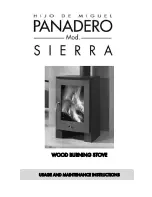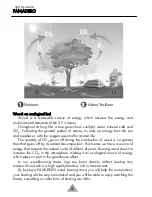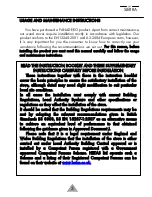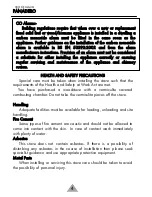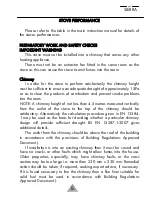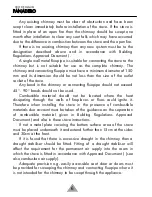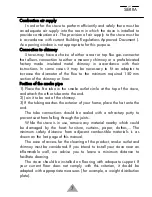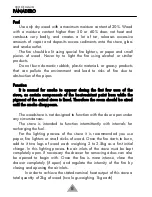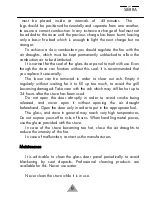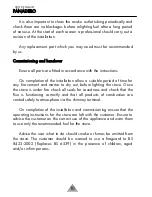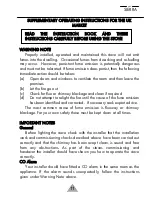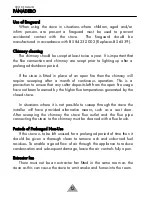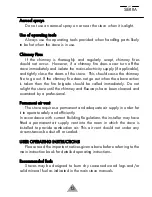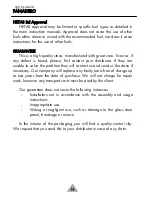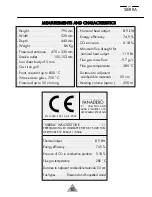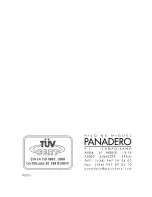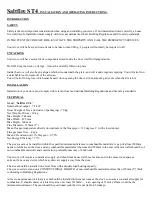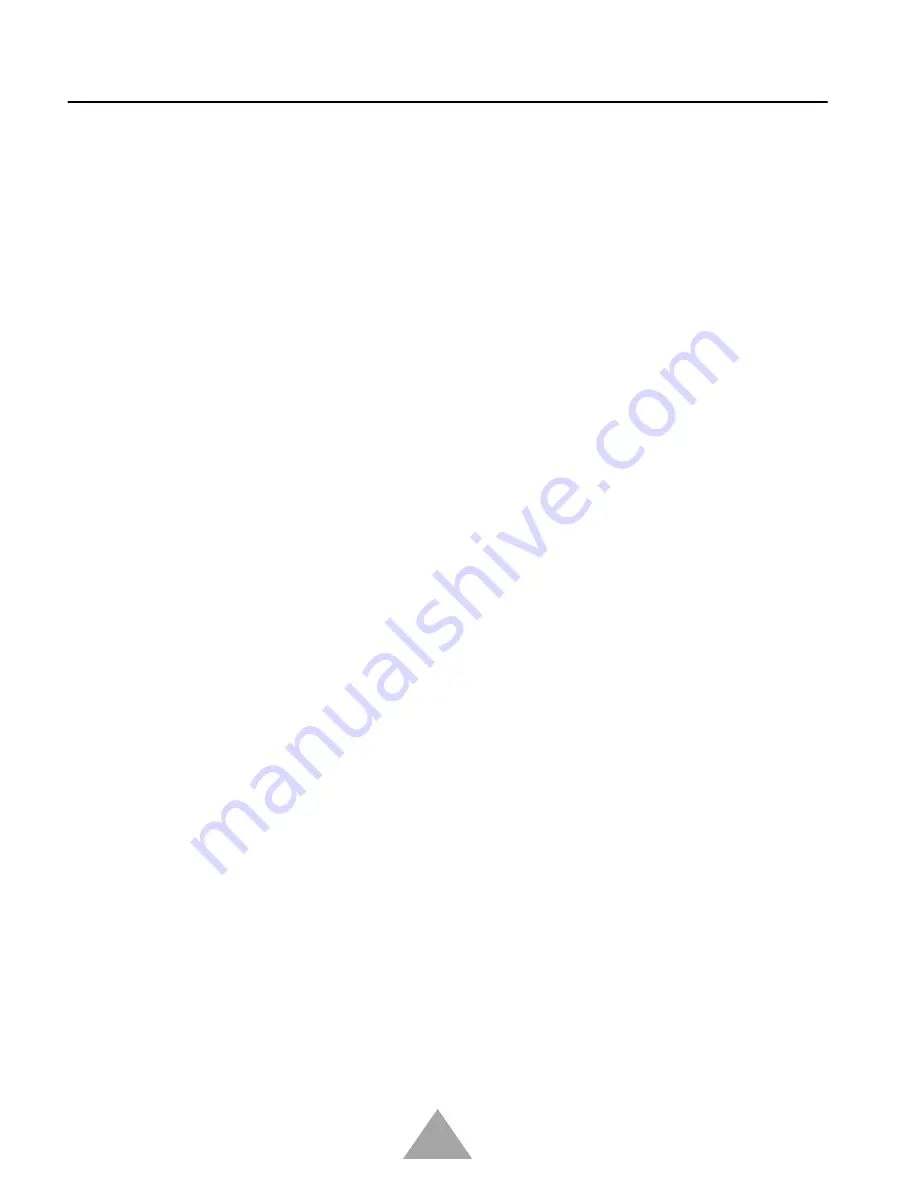
HIJO DE MIGUEL
PANADERO
Any existing chimney must be clear of obstruction and have been
swept clean immediately before installation of the stove. If the stove is
fitted in place of an open fire then the chimney should be swept one
month after installation to clear any soot falls which may have occurred
due to the difference in combustion between the stove and the open fire.
If there is no existing chimney then any new system must be to the
designation described above and in accordance with Building
Regulations Approved Document J.
A single wall metal fluepipe is suitable for connecting the stove to the
chimney but is not suitable for use as the complete chimney. The
chimney and connecting fluepipe must have a minimum diameter of 150
mm and its dimension should be not less than the size of the outlet
socket of the stove.
Any bend in the chimney or connecting fluepipe should not exceed
45
. 90
bends should not be used.
Combustible material should not be located where the heat
dissipating through the walls of fireplaces or flues could ignite it.
Therefore when installing the stove in the presence of combustible
materials due account must be taken of the guidance on the separation
of combustible material given in Building Regulations Approved
Document J and also in these stove instructions.
If not a metal plate covering the bottom surface area of the stove
must be placed underneath it and extend further than 15cm at the sides
and 30cm at the front.
If it is found that there is excessive draught in the chimney then a
draught stabiliser should be fitted. Fitting of a draught stabiliser will
affect the requirement for the permanent air supply into the room in
which the stove is fitted in accordance with Approved Document J (see
also combustion air supply).
Adequate provision e.g. easily accessible soot door or doors must
be provided for sweeping the chimney and connecting fluepipe where it
is not intended for the chimney to be swept through the appliance.
6
Summary of Contents for SIERRA
Page 1: ...WOOD BURNING STOVE USAGE AND MAINTENANCE INSTRUCTIONS...
Page 16: ......

